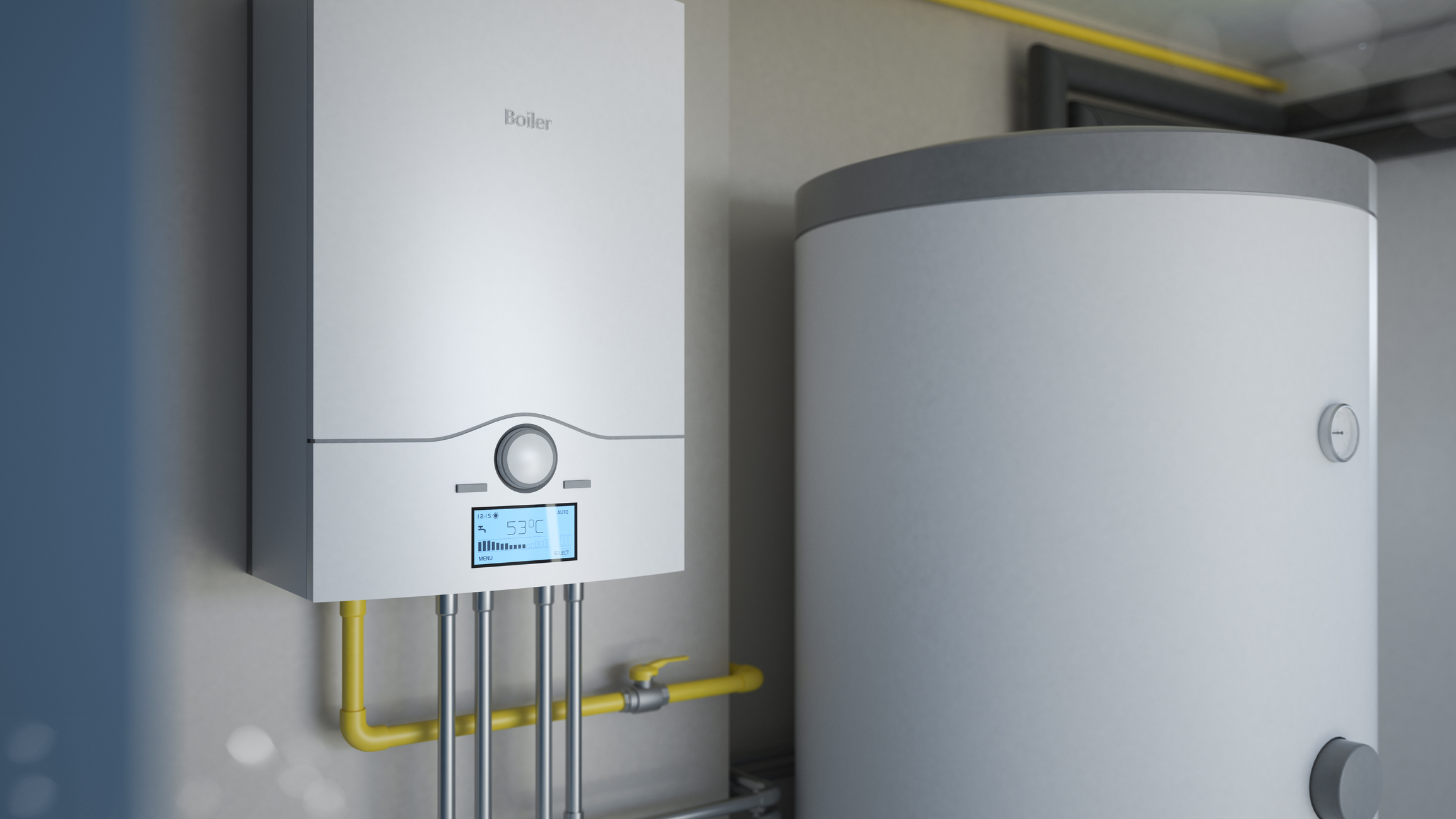What're your insights and beliefs about Water Heater Maintenance Tips You Can't Afford to Forget?

Hot water is necessary for daily comfort, whether it's for a revitalizing shower or washing dishes. To ensure your warm water system runs successfully and lasts much longer, regular maintenance is essential. This article offers useful suggestions and understandings on just how to maintain your home's hot water system to stay clear of disruptions and costly repair work.
Intro
Maintaining your home's warm water system may seem overwhelming, however with a few straightforward steps, you can ensure it operates smoothly for many years to find. This guide covers whatever from comprehending your hot water system to DIY maintenance ideas and recognizing when to call in professional assistance.
Value of Keeping Your Warm Water System
Normal upkeep not only expands the lifespan of your hot water system yet also ensures it runs successfully. Neglecting maintenance can cause decreased effectiveness, greater energy costs, and even early failure of the system.
Signs Your Warm Water System Needs Upkeep
Understanding when your hot water system requires interest can prevent significant issues. Keep an eye out for indications such as inconsistent water temperature level, unusual sounds from the heating unit, or rusty water.
Understanding Your Warm Water System
Prior to diving into maintenance jobs, it's practical to comprehend the basic components of your warm water system. Usually, this includes the hot water heater itself, pipelines, anode rods, and temperature controls.
Month-to-month Maintenance Tasks
Regular month-to-month checks can assist catch small problems before they rise.
Purging the Water Heater
Flushing your water heater gets rid of debris buildup, boosting effectiveness and prolonging its life.
Monitoring and Replacing Anode Rods
Anode poles avoid corrosion inside the container. Examining and changing them when worn is essential.
Evaluating and Changing Temperature Level Settings
Readjusting the temperature setups guarantees optimum performance and safety and security.
DIY Tips for Upkeep
You can perform a number of upkeep jobs yourself to keep your warm water system in leading condition.
Checking for Leakages
Regularly inspect pipes and links for leakages, as these can lead to water damage and greater bills.
Checking Stress Alleviation Valves
Testing the pressure safety valve guarantees it operates correctly and stops extreme stress build-up.
Insulating Pipes
Protecting warm water pipelines lowers heat loss and can save energy.
When to Call an Expert
While do it yourself upkeep is valuable, some concerns require professional competence.
Complicated Issues Requiring Expert Assistance
Examples consist of significant leakages, electric troubles, or if your hot water heater is continually underperforming.
Regular Specialist Upkeep Conveniences
Expert upkeep can consist of complete examinations, tune-ups, and making certain conformity with safety and security criteria.
Conclusion
Regular upkeep of your home's warm water system is crucial for performance, longevity, and cost savings. By following these tips and understanding when to seek professional aid, you can make sure a trustworthy supply of warm water without unforeseen interruptions.
How to Maintain an Instant Hot Water Heater
Before tinkering with your hot water heater, make sure that it’s not powered on. You also have to turn off the main circuit breaker and shut off the main gas line to prevent accidents. Also turn off the water valves connected to your unit to prevent water from flowing into and out of the appliance. 2. When you’re done, you have to detach the purge valves’ caps. These look like the letter “T” and are situated on either side of the water valves. Doing so will release any pressure that has accumulated inside the valves while at the same time avoid hot water from shooting out and burning your skin. 3. When the purge valves’ caps are removed, you have to connect your hosing lines to the valves. Your unit should have come with three hoses but if it didn’t, you can purchase these things from any hardware or home repair shops. You can also get them from retail stores that sell water heating systems. Read the user’s manual and follow it to complete this task properly. When the hosing lines are connected, open the purge port’s valves. 4. You should never use harsh chemical cleaners or solutions when cleaning your unit. Make use of white vinegar instead. It should be undiluted and you’ll probably use about 2 gallons. 5. Now flush your water heater. This task should probably take about 40 minutes. We can’t give you specific directions for this because the procedure is carried out depending on the type, model and brand of your heater. With that being said, refer to the user’s manual. 6. When you’re done draining the unit, you have to turn off the purge port valves again. Remove the hosing lines that you earlier installed on each of the water valves. Put the valve caps (purge port) back in their respective places and be very careful so as not to damage the rubber discs that are found inside these caps. 7. Now that everything’s back in place, check your user’s manual again to find out how to reactivate your water heating system. 8. Once it is working, turn one of your hot water faucets on just to let air pass through the heater’s water supply pipes. Leave the tap on until water flows smoothly out of it. https://www.orrplumbing.com/blog/2014/september/how-to-maintain-an-instant-hot-water-heater/

As a devoted reader on Tips on Maintaining a Water Heater, I thought sharing that piece of content was a great idea. Remember to take a moment to distribute this article if you liked it. I cherish reading our article about Tips on Maintaining a Water Heater.
Or Book Technician Here